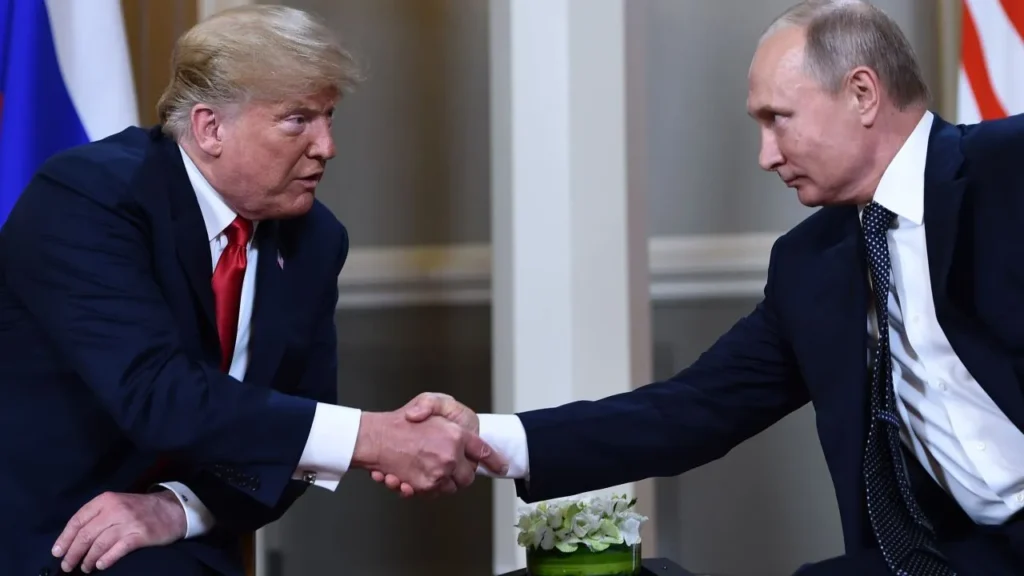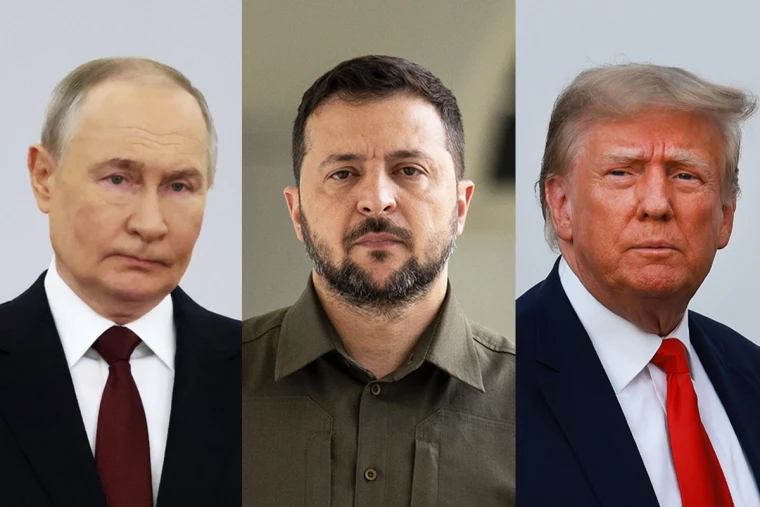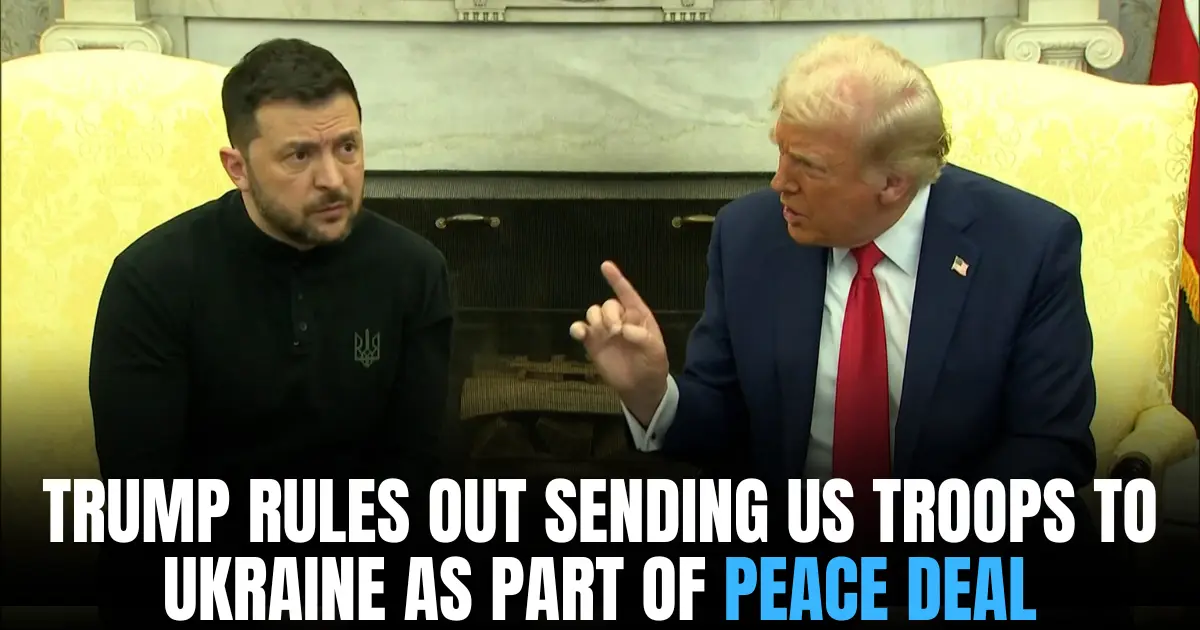President Trump confirmed he will not send US troops to Ukraine but proposed a trilateral summit with Zelensky and Putin. Here’s what it means for the war and peace efforts.
Table of Contents
Trump Rules Out Sending US Troops to Ukraine as Part of Peace Deal
Introduction
The war in Ukraine continues to dominate global politics, and the latest update from Washington is clear: no US troops will be deployed to Ukraine. President Donald Trump confirmed this stance Tuesday, even as he pushed forward with a new diplomatic proposal — a possible trilateral summit involving Ukrainian President Volodymyr Zelensky and Russian President Vladimir Putin.
The announcement came shortly after Trump’s meeting with Zelensky at the White House, which the Ukrainian leader described as a “significant step toward ending the war.” While the move signals Washington’s reluctance to expand military involvement, it also highlights fresh momentum on the diplomatic front.
Trump Rules Out Troop Deployment
A White House official told reporters that Trump has ruled out sending US ground forces to Ukraine under any peace framework. The decision underscores Trump’s longstanding view that Washington should avoid direct military entanglement in foreign conflicts.
Instead, Trump is focusing on diplomacy. In an interview with Fox News, he revealed that he has “sort of” arranged a meeting between Zelensky and Putin — though details remain vague.
Zelensky’s Optimism After White House Talks
For Zelensky, the White House meeting marked an important milestone. Calling the discussions a “significant step,” the Ukrainian president signaled cautious optimism that direct engagement with the US could bring Kyiv closer to securing peace.
Zelensky has repeatedly urged Western leaders to remain united in supporting Ukraine, both militarily and diplomatically. While the absence of US troops may limit Washington’s role on the battlefield, Zelensky’s comments suggest he sees value in Trump’s push for high-level negotiations.
Russia’s Mixed Response

Moscow, however, remains noncommittal. Russian Foreign Minister Sergey Lavrov refused to confirm whether Putin would agree to meet Zelensky in the proposed trilateral summit. While he stopped short of rejecting the idea entirely, his guarded response signals that the Kremlin is still cautious about direct engagement.
Russia has consistently resisted framing Zelensky as a legitimate counterpart, often referring instead to the “Kyiv regime.” This makes any potential summit difficult to arrange.
Developments on the Battlefield
Even as diplomatic efforts unfolded, the war showed no signs of slowing. Ukraine’s Security Service (SBU) reported successful strikes on two Russian ammunition depots in the occupied Luhansk region, using long-range drones.
These attacks highlight Ukraine’s evolving military strategy: using precision strikes deep behind enemy lines to weaken Russia’s supply chain while keeping international attention on Moscow’s vulnerabilities.
Why This Matters
Trump’s decision not to send troops reflects Washington’s balancing act — supporting Ukraine while avoiding direct confrontation with Russia. For young readers trying to understand the stakes:
- No US boots on the ground means less risk of escalating into a larger US-Russia conflict.
- Diplomatic focus shifts attention to talks and summits, though success is uncertain.
- Ukraine’s battlefield advances show the war is far from frozen, and pressure on Russia continues.
The coming weeks will test whether Trump’s proposed summit can materialize and whether it could create real momentum for peace.
Conclusion

President Trump’s firm stance against sending US troops to Ukraine signals a cautious US approach: offering support without escalating militarily. For Zelensky, the White House meeting provided hope, though the path ahead depends on whether Moscow agrees to sit down at the negotiating table.
With Ukraine pressing forward militarily and Trump pushing for diplomacy, the conflict remains at a crossroads — one where international decisions could determine the course of the war.
FAQs
1. What did Trump say about US troops in Ukraine?
He ruled out deploying US troops to Ukraine, focusing instead on diplomatic solutions.
2. What summit did Trump propose?
Trump suggested a trilateral summit with Ukrainian President Volodymyr Zelensky and Russian President Vladimir Putin.
3. How did Zelensky react to the White House talks?
Zelensky called the meeting a “significant step” toward ending the war.
4. What was Russia’s response?
Foreign Minister Sergey Lavrov refused to commit to a summit but didn’t rule it out completely.
5. What happened on the battlefield this week?
Ukraine used long-range drones to strike Russian ammunition depots in occupied Luhansk.
